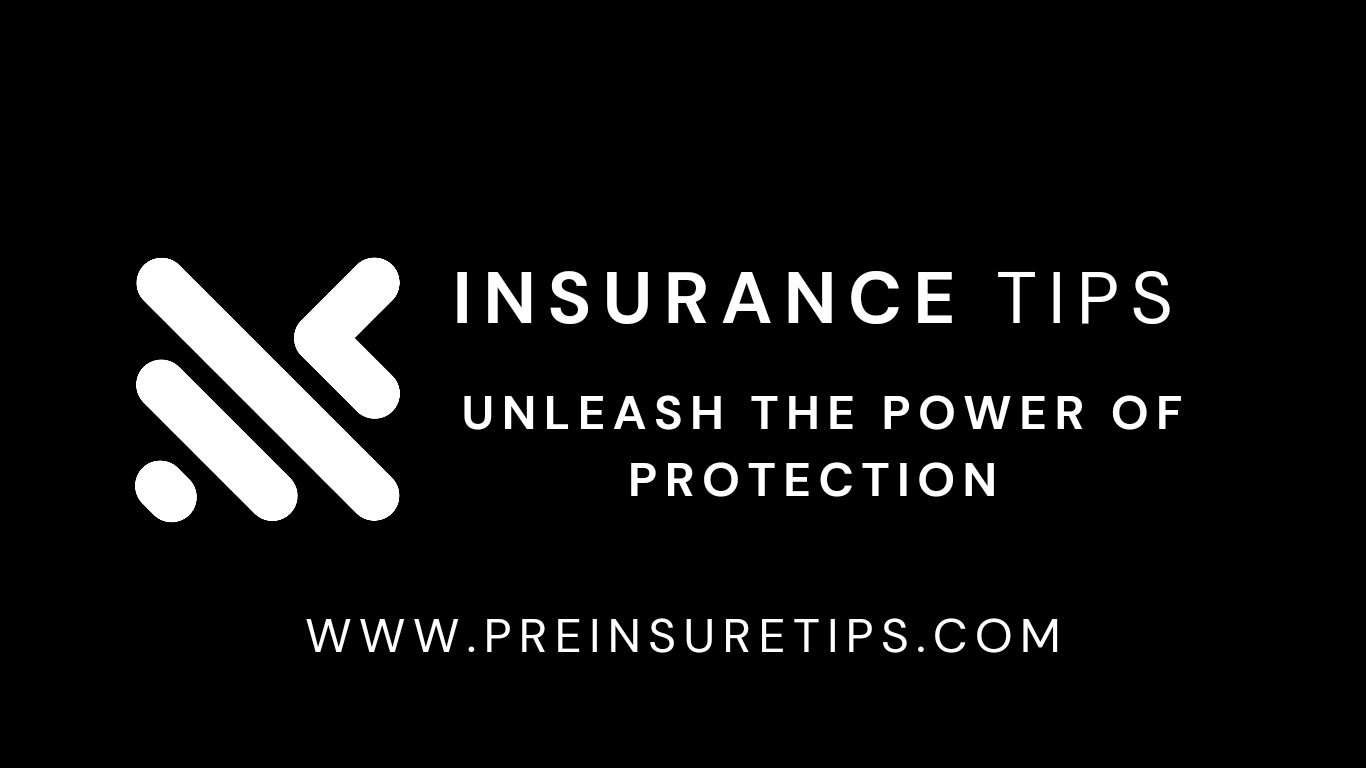Photographer liability insurance Safeguarding Your Art and Business is a crucial aspect of running a successful photography business. In this article, we’ll delve into the definition, coverage details, and the significant impact it can have on your professional journey.
Definition of Photographer Liability Insurance
Photographer liability insurance is a specialized coverage designed to protect photographers from financial losses associated with potential legal claims. It goes beyond equipment insurance, providing a safety net for various unforeseen circumstances.
Importance in the Photography Business
In the dynamic world of photography, uncertainties are inevitable. Photographer liability insurance acts as a shield, offering protection against claims related to property damage, bodily injury, or even allegations of professional negligence.
Understanding Photographer Liability Insurance
Coverage Details
General Liability
General liability coverage typically protects against third-party claims of bodily injury or property damage. This is foundational coverage that forms the backbone of photographer liability insurance.
Professional Liability
Professional liability, also known as errors and omissions insurance, focuses on claims related to professional negligence. It safeguards photographers from legal repercussions if a client alleges mistakes or oversights in their work.
Common Risks Covered
Photographer liability insurance extends its protective reach to cover risks like accidents during photoshoots, damage to client property, or disputes arising from unsatisfactory work.
Factors Influencing Photographer Liability Insurance
Type of Photography Business
The nature of your photography business influences the type and extent of coverage you require. Wedding photographers, for example, may have different needs than commercial photographers.
Experience and Skill Level
Photographers with more experience and a higher skill level may face different risks. Insurance coverage should align with your proficiency to ensure comprehensive protection.
Coverage Limits
Understanding the coverage limits is essential. A thorough assessment of potential risks will help determine the appropriate coverage amount for your specific situation.
How to Choose the Right Photographer Liability Insurance
Researching Providers
Conducting thorough research on insurance providers is crucial. Look for companies with a solid reputation, positive reviews, and experience in catering to photographers.
Assessing Coverage Options
Different insurance providers offer varying coverage options. Assess these options carefully, ensuring they align with the specific risks associated with your photography business.
Evaluating Cost Factors
While cost is a consideration, it should not be the sole determining factor. Evaluate the overall value provided by the insurance coverage about the cost.
Real-Life Scenarios and Case Studies
Examples of Claims Covered
Real-life examples help illustrate the practical significance of photographer insurance. Case studies can showcase how the coverage protects photographers in various situations.
Impact on Photographers Without Insurance
Exploring scenarios where photographers lacked insurance can highlight the potential financial and professional consequences. It emphasizes the proactive role insurance plays in mitigating risks.
Benefits of Photographer Liability Insurance
Financial Protection
The financial protection provided by photographer insurance is invaluable. It ensures that legal fees, settlements, or judgments do not cripple your business financially.
Building Client Trust
Displaying proof of insurance can instill confidence in clients. It demonstrates your commitment to professionalism and assures clients that you are prepared for unforeseen circumstances.
Legal Support
In the event of a claim, having an insurance policy means access to legal support. This can be crucial in navigating the complexities of legal proceedings.
Tips for Minimizing Risks in Photography
Best Practices
Incorporating best practices in your photography workflow can reduce the likelihood of claims. This includes proper communication, thorough planning, and attention to detail.
Communication with Clients
Clear communication with clients about expectations and deliverables can prevent misunderstandings that might lead to disputes.
Continuous Learning
Staying updated on industry trends and evolving practices is essential. Continuous learning can help you adapt to changes, reducing the risk of professional oversights.
Common Misconceptions about Photographer Liability Insurance
“I’m a Small Photographer; I Don’t Need Insurance”
Regardless of the size of your photography business, insurance is a necessity. Small businesses are not immune to legal challenges, and insurance provides a safety net.
“My Equipment Insurance Covers Liability”
There is a common misconception that equipment insurance extends to liability. Clarifying this point is crucial to avoid leaving gaps in your coverage.
Future Trends in Photographer Liability Insurance
Technological Advancements
Advancements in technology may influence the landscape of liability insurance. Understanding these trends can help photographers stay ahead in risk management.
Evolving Industry Standards
As industry standards evolve, so do the risks. Adapting to changing standards ensures that your insurance coverage remains relevant and effective.
How Photographer Liability Insurance Impacts Pricing
Incorporating Insurance Costs into Service Fees
Understanding how insurance impacts pricing allows photographers to incorporate these costs into their service fees, ensuring sustainability and profitability.
Communicating Value to Clients
Transparent communication about the role of insurance in your pricing structure helps clients appreciate the added value and security it brings to the partnership.
Testimonials from Photographers with Insurance
Success Stories
Sharing success stories from photographers who benefited from their insurance coverage adds a personal touch. It provides real-world examples of how insurance positively impacted their careers.
Peace of Mind Experiences
Capturing the peace of mind experienced by photographers with insurance underscores the emotional and mental well-being that comes with knowing you are protected.
Frequently Asked Questions (FAQs)
What does photographer liability insurance cover?
Photographer liability insurance covers a range of risks, including third-party bodily injury, property damage, and professional negligence claims.
Is photographer liability insurance mandatory?
While not legally mandated, photographer insurance is highly recommended to protect against unforeseen circumstances.
How does insurance affect pricing for photography services?
Insurance costs should be factored into service fees, ensuring that the photographer remains financially sustainable.
Can I get insurance if I work part-time as a photographer?
Yes, insurance providers offer coverage tailored to part-time photographers, recognizing the diverse nature of the industry.
How quickly can claims be processed?
Claim processing times vary, but having insurance streamlines the process, ensuring timely resolution.
Conclusion
In conclusion, photographer liability insurance is not just a safeguard; it’s a strategic investment in the longevity of your photography business. As the industry evolves, the importance of comprehensive coverage becomes even more evident. By understanding the nuances, choosing the right insurance, and incorporating best practices, photographers can navigate their professional journey with confidence.

